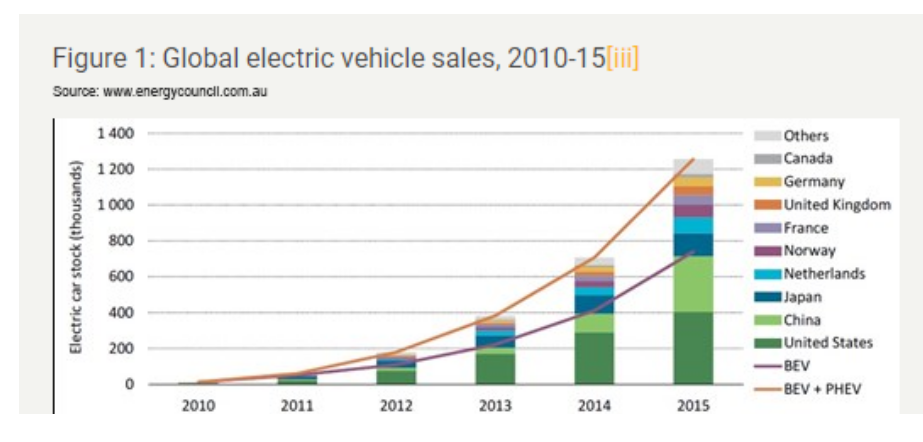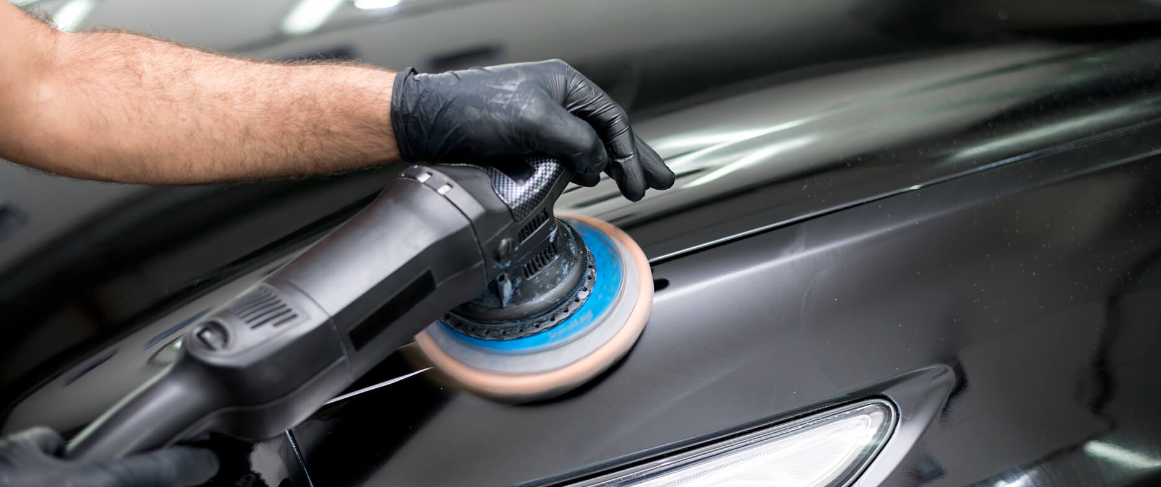
Why electric vehicles will go to your car park
Despite the hype about electric vehicles taking over the world, the jury’s still out as to exactly when this will happen.

We read with interest articles such as this one that comment on the future of electric vehicles in Australia and the conditions required for a sustainable uptake.
For electric vehicles to become the norm there appears to be three conditions that must be met
– Price parity with petrol cars
– Availability of models to choose from
– Availability of infrastructure to overcome the fear of ‘range anxiety’
The first two conditions are on our doorstep. Price parity with petrol cars is expected by the early to mid-2020s and there are already around a dozen electric car models to choose from in Australia, with more projected to be on their way.
The third area, availability of infrastructure, is where electric vehicles and car parking assets meet. With a need to allay ‘range anxiety’ and also provide a convenient charging solution, are car parks a realistic option?
The parking industry is certainly not averse to innovation, and discussions continue around how best to improve customer experience within car parks. With services such as car washing; valet parking; uber and taxi ranks; click and collect parking options; and parking guidance used to contribute to UX, why not electric vehicle charging as well? But not just for shoppers.
Currently there are limited spaces for electric vehicles with charging options in many shopping centre car parks. And wayfinding signage to direct drivers to those specific bays is sparse. The convenience of leaving a car to charge whilst doing shopping is sound. But what about the vast number of ride sharing vehicles that are also on the hunt for a charge?
Perhaps petrol retailers will step in to provide charging? Uber/ride share drivers will take a break, grab a coffee, a paper and top up their car battery’s charge. This article discusses it in depth. But it may also be an option for car parks to offer this service. With ready access to amenities, cafes and retail outlets coupled with parking guidance to locate available charging stations, the fast turnaround of charging bays could transform the parking industry into a power supplier as well as its existing value as a property asset. There are details still to be nutted out: the speed of charging, battery loads and, of course, revenue and cost models.
But as the up-take of electric vehicles accelerates, charging bays and accompanying customer experience offerings have the potential to become a point of difference. Will your car park business model leverage it?




Recent Comments